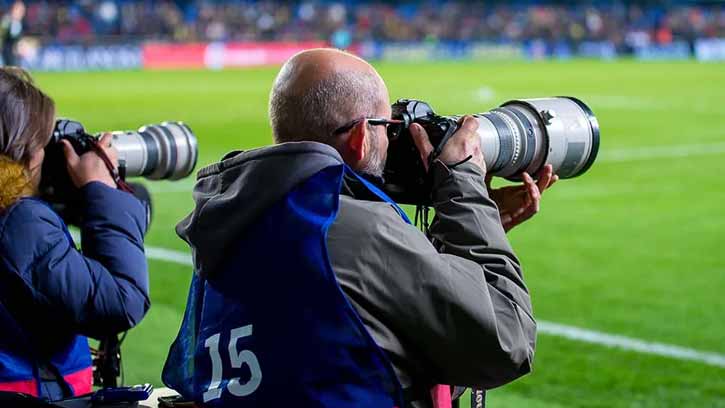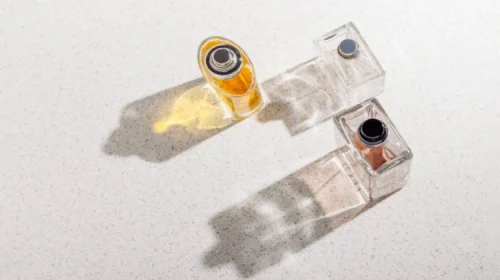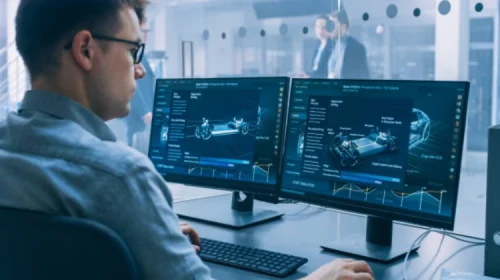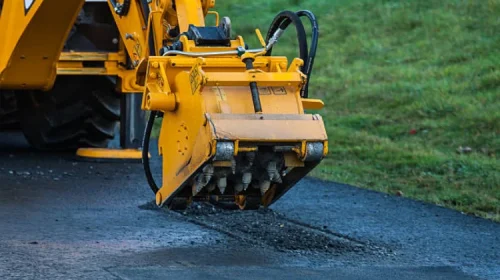Whether you’re looking to shoot photos of your child’s little league game or you want to turn your passion into a career, this guide will help get you started. Learn everything from equipment to a few sports photography tips from the pros.
One of the most important sports photography tips is to learn the sport you’re photographing. This will help you anticipate when a big play will happen and put yourself in the right position.
Camera Settings
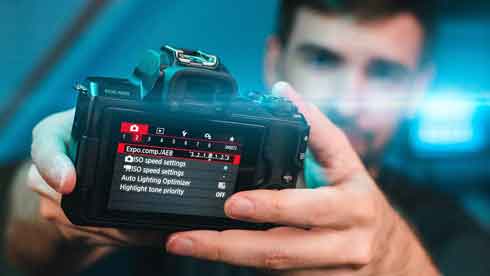
If you want to take stunning sports photographs, you need a fast shutter speed. This will prevent motion blur, so you can capture the action in sharp focus.
You may also need to increase your ISO, particularly if the lighting changes quickly. For example, if the sun is out and then goes behind a cloud, it can create very different lighting conditions in a short space of time.
The best sports photographers understand the game they’re photographing and can anticipate what will happen next. That way, they can get shots that capture the essence of the moment and tell a story.
Another great tip for taking amazing sports photos is to use a burst mode. This will allow you to shoot a sequence of photos in quick succession, so you can select the best one. This will be especially useful when you’re trying to capture fast-moving action, such as a goal or touchdown. It will also help you to reduce camera shake and blur.
Lighting
For a sport photographer lighting is paramount. The action happens at high speeds and the goal is to have a tack-sharp image with proper exposure. If the shutter speed is too slow, motion blur will ruin the shot.
This may mean using a high ISO setting to maintain the required shutter speed. It also means that the background of the photo needs to be dark enough so that the athlete is clearly visible. A telephoto zoom lens is essential for this.
Many of the best images in sports photography are focused on an athlete’s face and the emotion of victory or defeat. They tell a story of passion, dedication and hard work. Getting these shots can be a challenge because you need to focus on the players but it is well worth the effort. Often, these are the most memorable images of all. In addition, look for opportunities to capture the faces of spectators, coaches and game officials.
Equipment
As you can imagine, the equipment a sports photographer needs to take great shots is quite extensive. These photographers often work with DSLR cameras or mirrorless camera models with advanced focusing abilities and high shooting speeds. The best ones also have a burst mode that allows the camera to continuously capture images without having to pause between each one, which is essential when covering fast-paced events.
A sports photographer must also carry a number of important accessories, including a tripod or monopod for stability and extra batteries. They can be carrying a heavy camera for hours at a time, so the stability these devices provide is important to prevent blurry photos.
Lastly, they must always be aware of their surroundings and not interfere with the game or players in any way. This can be difficult because the athletes move around quickly and may not always be visible to the eye. Fortunately, many professional events are restricted to certain sections for photographers so this isn’t as much of a problem as it would be at an amateur game.
Location

Sports photography is one of the most challenging and exciting types of photography. It requires a high level of creativity and spontaneity in order to capture the best images. It also involves a lot of travelling and spending long hours in the field in all kinds of weather conditions.
It is important to make sure that you have the right location for your photographs as this can greatly affect their results. Try to find a spot that is a bit more remote and away from the crowds in order to get better shots of the action. Also, be sure to check out the local rules and regulations regarding where you can and cannot take pictures.
Conclusion:
It is a good idea to start off by photographing local amateur sporting events as this will help you gain experience and build your portfolio. It is also a great way to meet other photographers and learn from their experiences.

